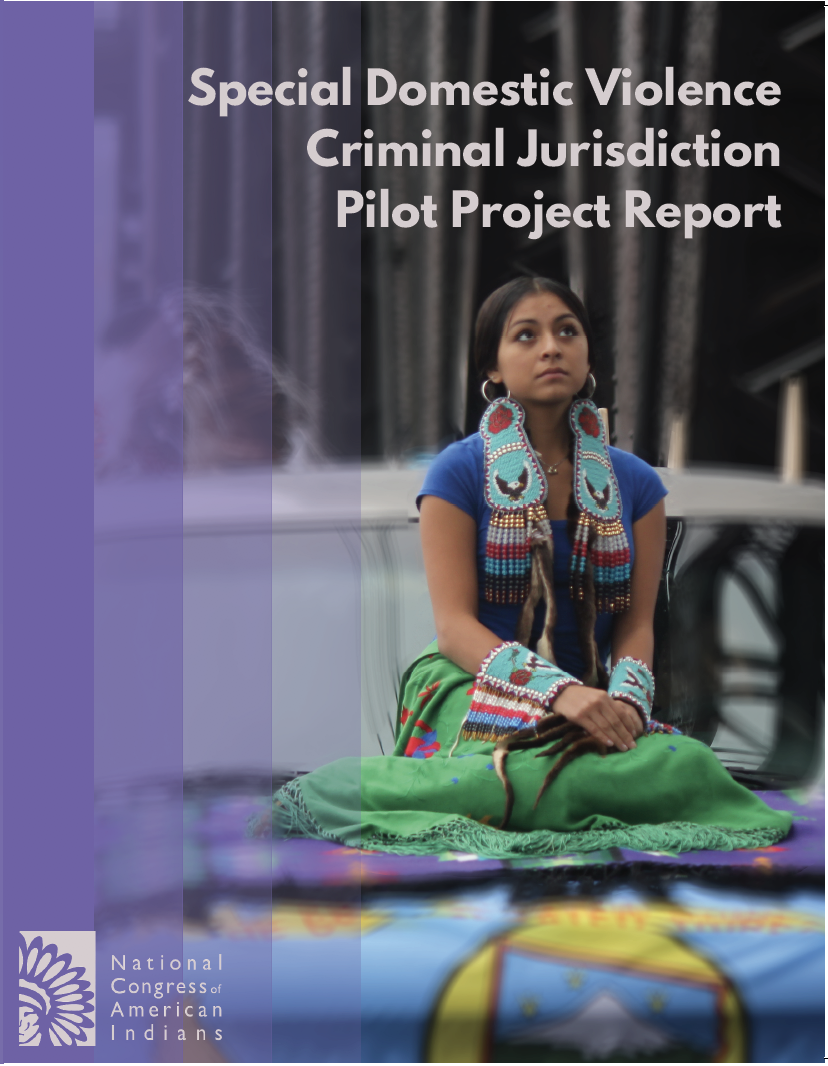Pilot Project Overview
Although the tribal criminal jurisdiction provision of VAWA 2013 was generally not effective until March 7, 2015, tribes could implement SDVCJ on an accelerated basis before that date with approval from the Attorney General during a “Pilot Project” period. The DOJ developed a Pilot Project Application Questionnaire, which interested tribes used to request that the Attorney General designate them as “participating tribes” and approve their accelerated implementation of SDVCJ. This Application Questionnaire was DOJ’s final notice and solicitation of applications for the pilot project, which was published in the Federal Register on November 29, 2013.
Three tribes received approval to implement SDVCJ on an accelerated basis in February 2014—the Confederated Tribes of the Umatilla Indian Reservation, the Pascua Yaqui Tribe, and the Tulalip Tribes. These tribes exercised SDVCJ for a little more than a year during the Pilot Project period before the law took general effect on March 7, 2015, and, as DOJ has testified, “the three original Pilot Project tribes achieved notable success implementing SDVCJ during the Pilot Project period.” Two additional tribes’ applications were approved on March 6, 2015 during the Pilot Project period—the Assiniboine and Sioux Tribes of the Fort Peck Indian Reservation and the Sisseton-Wahpeton Oyate of the Lake Traverse Reservation.
The five pilot project tribes remain some of the leaders in both the number of prosecutions and in assisting other tribes with implementation. Representatives from the pilot project tribes consistently attend meetings on SDVCJ implementation and are willing to work closely with their peers at other tribes who are considering implementation and need guidance. The codes developed by the pilot project tribes and reviewed by the DOJ are often used as models for tribes whohave subsequently implemented SDVCJ.
 Read the Full Pilot Project Report Here
Read the Full Pilot Project Report Here
At the end of the pilot project period, NCAI released a Pilot Project Report summarizing the first years of implementation. That report similarly provided detail on prosecution statistics, and a profile of each of the implementing tribes at the time. The Pilot Project Report also highlighted a series of “lessons learned,” many of which are now further affirmed and expanded within the findings of the 5-year report. Those nine lessons were:
(1) non-Indian domestic violence is a significant problem in tribal communities;
(2) most SDVCJ defendants have significant ties to the tribal communities;
(3) children are impacted by non-Indian domestic violence at high rates;
(4) training is critical for success, (5) federal partners have an important role;
(6) peer-to-peer learning is important;
(7) SDVCJ is too narrow;
(8) there is confusion about the statutory definition of “domestic violence”; and
(9) tribes need resources for SDVCJ implementation.
